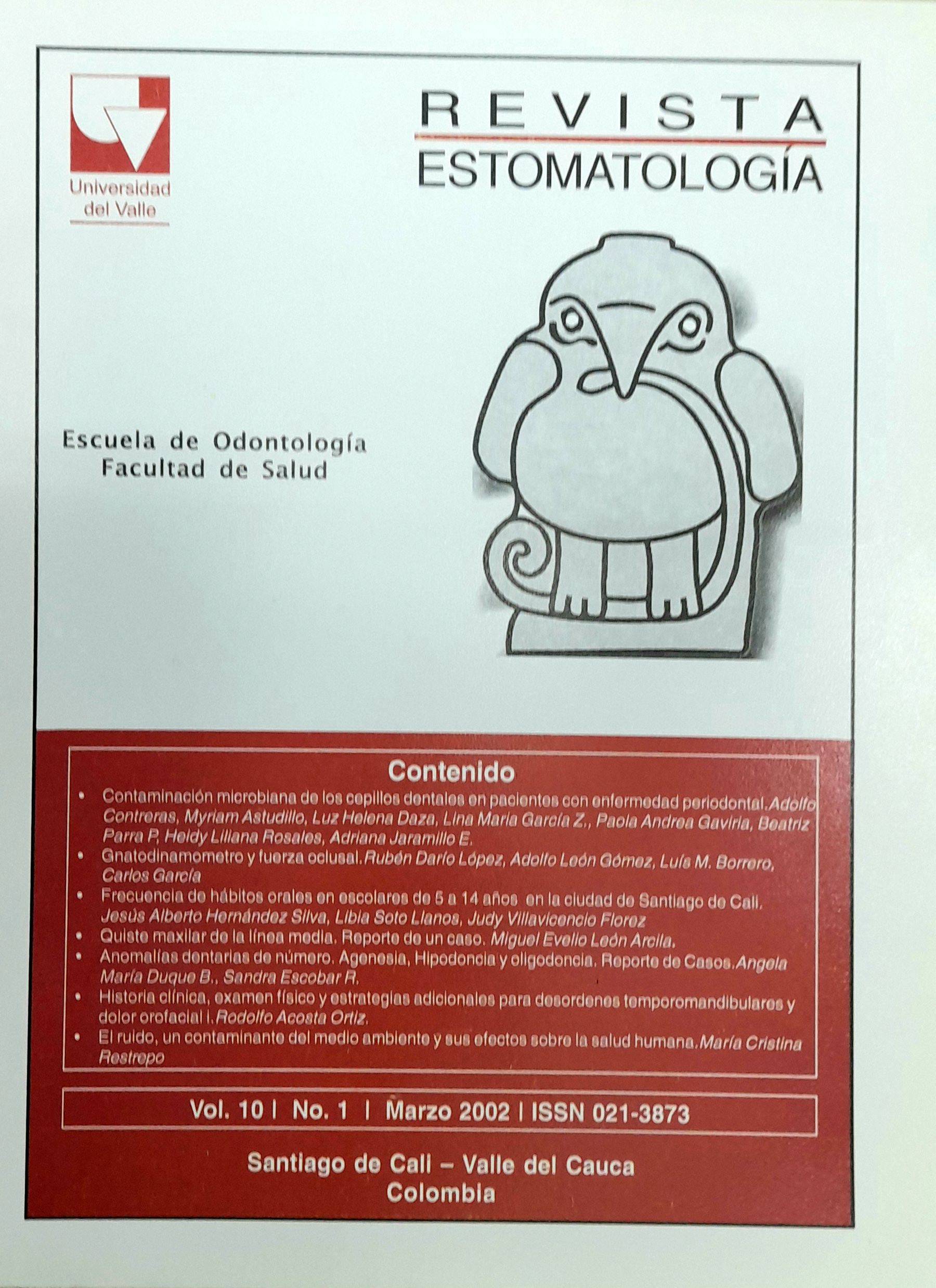Historia clínica, examen físico y estrategias adicionales para desórdenes temporomandibulares y dolor orofacial I
Keywords:
Desórdenes temporomandibulares, dolor orofacial, evaluación clínica, historia clínica, examen clínicoMain Article Content
The establishment of an adequate diagnosis and treatment plan in a patient with temporomandibular disorders (TMD) and orofacial pain (OFP) is strictly related to the correct recollection of the information associated with the different signs and symptoms of the patient. One of the principal reasons for failure of TMD and OFP treatment is incorrect diagnosis of the patient which lead to the establishment of bad management and consequences that could be truly devastating for the patierus. For these reasons and to confront the inherent complexity of orofacial pain in clinical practice, the diagnostic process must be systematic and supported with good levels of reliability and validity which will allow the clinician to have a greater certainly in the establishment of the differential diagnosis. The purpose of this article is to present a protocol for evaluation that illustrates in a logical and structured way the different steps in the evaluation process. This also allows the clinician to reduce the level of uncertainty in the differential diagnosis and in the same way, increase the level of success in the management of TMD/ OFP.
Downloads

This work is licensed under a Creative Commons Attribution-NonCommercial-NoDerivatives 4.0 International License.
Los autores/as conservan los derechos de autor y ceden a la revista el derecho de la primera publicación, con el trabajo registrado con la licencia de atribución de Creative Commons, que permite a terceros utilizar lo publicado siempre que mencionen la autoría del trabajo y a la primera publicación en esta revista.

